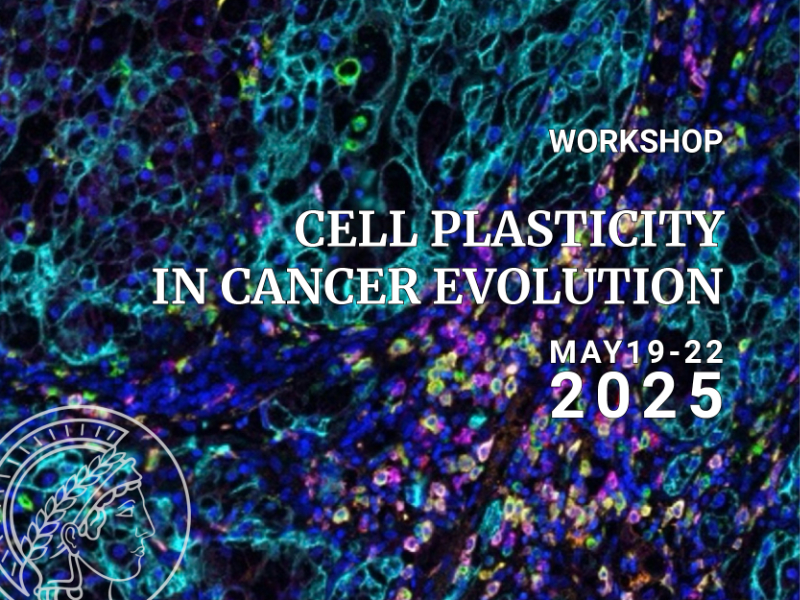Speaker
Description
Cellular plasticity describes the ability of cells to switch their phenotype in response to
microenvironmental changes. It is a key phenomenon in pancreatic ductal adenocarcinoma (PDAC) esentially adding to the tumors high degree of heterogeneity, aggressiveness and therapy resistance. Furthermore, PDAC is characterized by a profound inflammatory stroma which is an important driver of cellular phenotypic changes. We could identify different PDAC cell subpopulations exhibiting defined functional phenotypes and being dependent on distinct environmental conditions. For example, in a physiological liver microenvironment, disseminated PDAC cells exhibited a quiescent phenotype, which could be reversed into a proliferative cell stage in the presence of an inflammatory hepatic microenvironment. This stromal as well as the
associated phenotypic PDAC cell switch resulted in rapid PDAC cell expansion, metabolic alterations and metastatic outgrowth. Notably, a high cellular plasticity is observed not only within cancer cells but also within stromal cells. Accordingly, different phenotypes and associated effector functions have been described for e.g. carcinoma-associated fibroblasts (CAF), macrophages or T cell populations. Tumor cells foster phenotypic switching of stromal cells to create a tumor-favoring microenvironment that further drives tumor evolution and therapy resistance. For example, we could demonstrate that macrophages acquire an immunosuppressive phenotype in the presence of PDAC cells by which they in turn contribute to immune evasion of the tumor cells. Although exhibiting immunecheckpoint molecules, their blockade was not effective in enhancing T cell mediated killing of PDAC cells, supporting the role
of macrophages in PDAC cell resistance towards immune checkpoint inhibitors. Furthermore, quiescent hepatic stellate cells were able to control growth of PDAC cells, while upon activation to a myofibroblastic phenotype they promoted PDAC cell proliferation. Altogether, these findings emphasize that plastic cells are key drivers of PDAC evolution and highlight the importance to better understand the various shades of plasticity, as well as the underlying dynamics and mechanisms in order to efficiently improve PDAC therapy.

